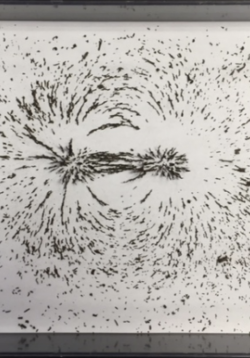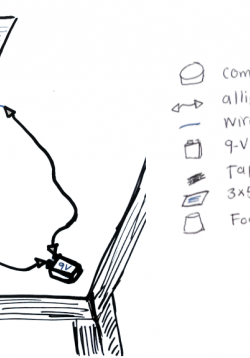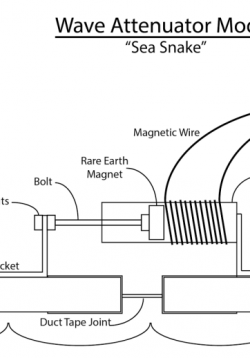Three Ways to Generate Electricity
This lesson gives students hands-on experiences with the attraction and repulsion of magnets including experiments with how the strength of attraction and repulsion varies with distance. Students see how magnets are used in motors but also in electric...
Introduction to Electromagnetism
Through a series of goal-oriented activities and research, students will build physical models that demonstrate the interactions between magnetism and magnetic fields as well as interactions between magnetism and electric fields. Students will be...
Building a Tidal Wave Attenuator
This lesson is designed to build upon investigations of electromagnetic energy by applying these phenomena to transfer the kinetic energy moving in waves to electricity by building a wave attenuator.
Testing a Tidal Wave Attenuator
Students will test the efficiency of the tidal wave attenuator models that they previously built. They will determine variables on their models they can manipulate, such as wire gauge and magnet strength, and measure the effects of manipulating this...
Wave Attenuator Unit Overview
Through a series of learning experiences, students will experiment with the basic concepts of motion to electrical energy transformation. Students start by building a series of models that demonstrate the interactions between magnetic and electric fields....



